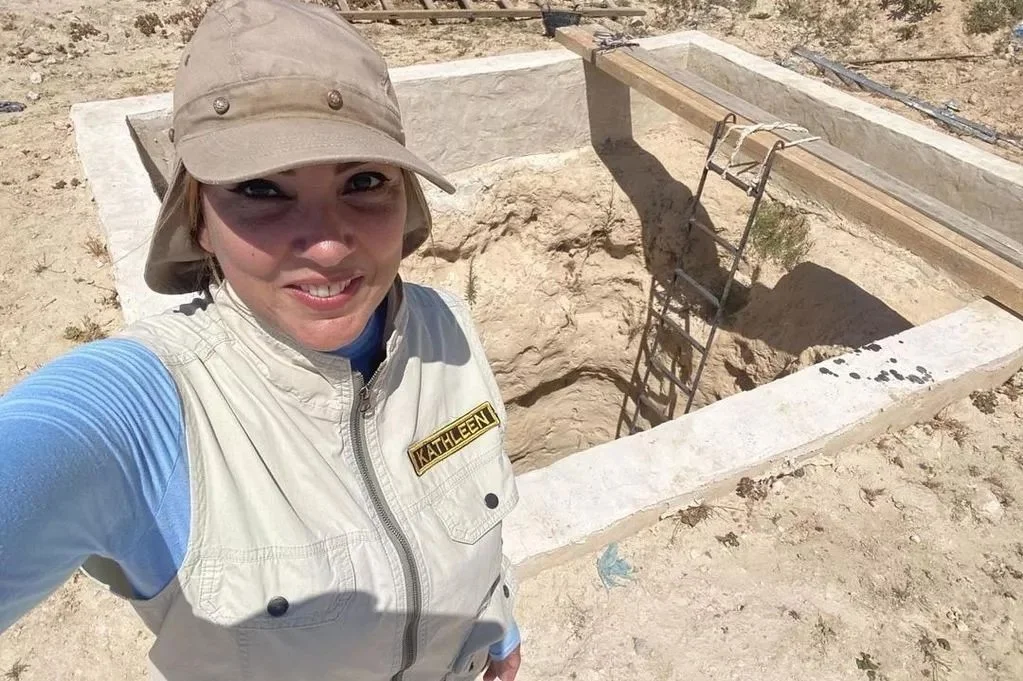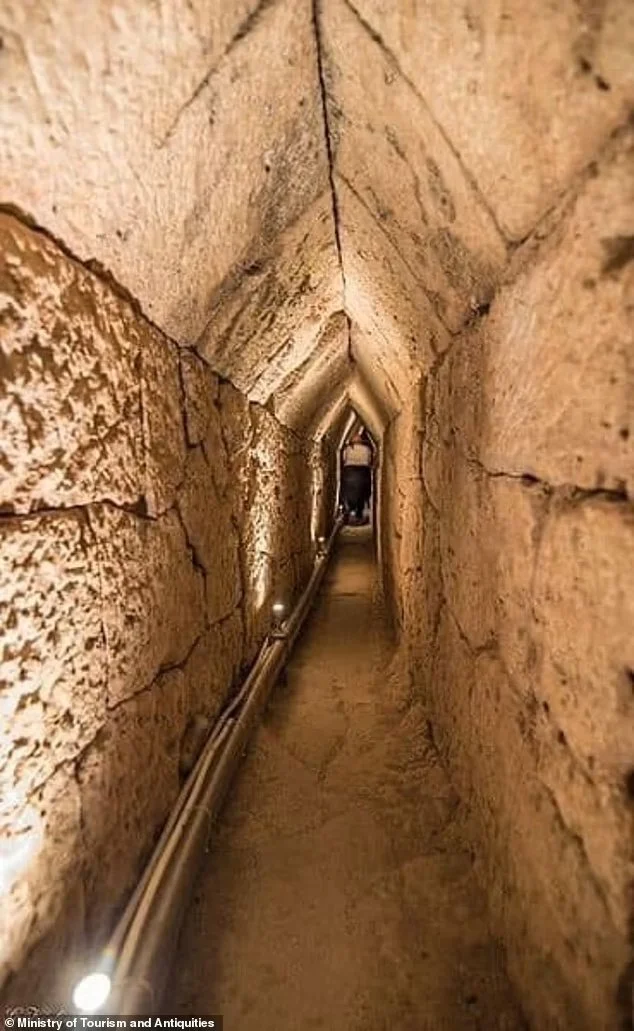The Woman on a Mission to Find Cleopatra's Tomb: Dr. Kathleen Martínez’s Sacred Excavation
What if the quest to find one of the most powerful women in history was being led by another powerful woman—one whose fire never dimmed, even after decades of being doubted?
Dr. Kathleen Martínez is that woman.
A Dominican lawyer turned archaeologist, Dr. Martínez didn’t come into this world to play small. She didn’t have a degree in archaeology when she began her journey—just an unwavering intuition and reverence for Cleopatra, the last pharaoh of Egypt. A woman who, like many of us, has been misunderstood, reduced, and romanticized in the pages of patriarchal history.
But instead of accepting the official narrative, Martínez asked:
What if we’ve been looking in the wrong place all along?
She Followed the Clues Like a Seasoned Investigator:
Dr. Martínez approached Cleopatra’s disappearance the way a criminal lawyer would approach a cold case. With precision. With strategy. With deep study. She immersed herself in ancient texts, tracking inconsistencies and patterns the way you would track energy—intuitively, but with conviction. Her research led her to Taposiris Magna, an ancient temple near Alexandria dedicated to the goddess Isis—a deity Cleopatra saw as a mirror of herself.
That connection was the portal.
In 2005, Dr. Martínez secured excavation rights. Nearly two decades later, she’s still there. Still digging. Still believing. Still channeling something that can’t be taught in school—a deep ancestral knowing.
What She's Found is Already Rewriting History:
Dr. Martínez’s discoveries at Taposiris Magna have already shifted the sands of history.
Early on, Egyptian authorities gave her a condition: before she could excavate underwater, she had to find a specific foundational tablet—a sacred inscription confirming that the Temple of Taposiris Magna was active during Cleopatra’s reign. This tablet had eluded archaeologists for decades, no one has been able to find it and guess what—
She found it.
And that changed everything.
The find linked the temple directly to the Ptolemaic dynasty, solidifying her theory that Cleopatra—who saw herself as the earthly embodiment of the goddess Isis—may have chosen this site for her final resting place. And with that, Martínez was granted permission to dive deeper—literally—into the submerged mysteries surrounding the temple.
But that was just the beginning.
She’s uncovered:
337 coins bearing Cleopatra’s image, offering undeniable proof of the queen’s presence in this region.
A bust of a woman wearing a royal crown, possibly Cleopatra herself.
A bronze ring dedicated to Hathor, the goddess of motherhood and rebirth.
Ceremonial vessels, amulets, and a scarab with the inscription "The Justice of Ra has arisen."
And perhaps most mind-blowing: a 1,305-meter-long tunnel buried 13 meters underground, carved with mathematical precision. Egyptian officials have called it a “geometric miracle.” Dr. Martínez believes this tunnel could be a ceremonial pathway or even a spiritual portal, leading to a hidden burial chamber—perhaps Cleopatra’s.
She’s now begun underwater excavations in the submerged sections of Taposiris Magna. Parts of the ancient city sank after a series of earthquakes and tsunamis over 2,000 years ago. If Cleopatra’s tomb exists in these ruins, it would be protected—intentionally or cosmically—by layers of earth, sea, and time.
Each artifact isn’t just evidence—it’s an invocation. A breadcrumb left in ritual, not accident.
Resistance? Oh, plenty. But also resilience.
From funding the early digs with her own money to facing skepticism from the academic elite, Dr. Martínez has faced gatekeepers at every turn. Yet here she is—still excavating, still revealing hidden truths, still proving that knowledge, when fueled by intuition and devotion, is unstoppable.
This isn’t just about Cleopatra. It’s about every woman whose story was buried beneath rubble, silence, or shame. It’s about reclaiming power, remembering truth, and refusing to let history erase us. We’re watching a Latina woman break barriers in a field that wasn’t built for her. She’s decoding myths and elevating a narrative that’s long deserved to be held with more nuance and dignity. This is divine feminine energy at work—not just healing the past, but reshaping how we see ourselves in the present.
“No Man Shall Ever Find My Tomb.”
There’s a legend—unconfirmed, but powerful—that Cleopatra once said “no man will ever find my tomb.” Whether she actually spoke those words or not, the energy behind them feels intentional. It feels like a coded prophecy.
One that would only activate when the right hands came along.
That it’s Dr. Kathleen Martínez—a Dominican woman, not a colonial institution—who’s closest to unlocking this tomb feels like divine orchestration. The sacred feminine protecting its own until it felt safe enough to be seen. Until it could be remembered, not conquered.
To Dr. Martínez, we see you.
To Cleopatra, we remember you.
To every woman unearthing what was hidden—we walk beside you.
This is what reclamation looks like.
This is what feminine power feels like.














